Jielong-3 was launched from a floating barge off Yangjiang, southern Guangdong province. It was the third launch of a rocket developed by China Rocket, a commercial arm of the state-owned launch vehicle maker, since December 2022.
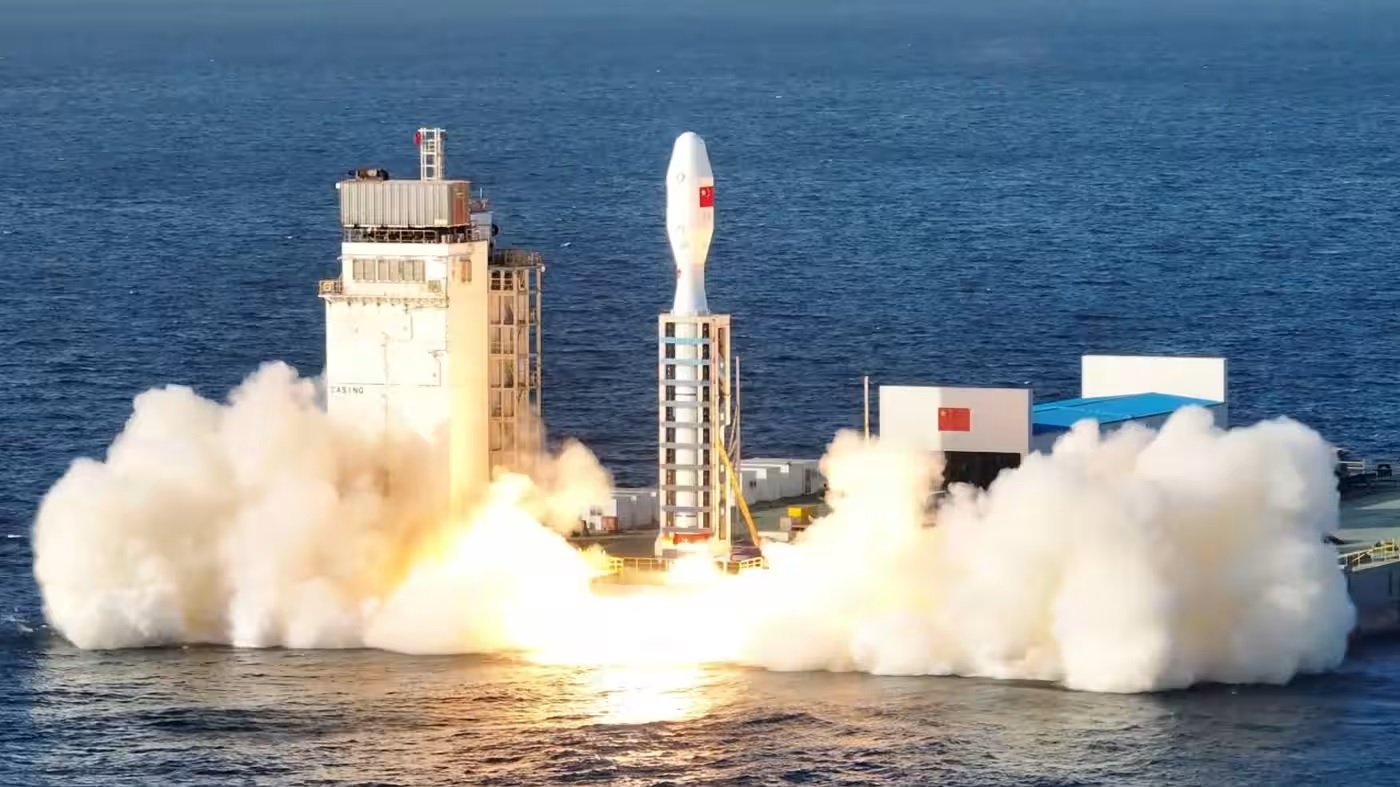
The commercial rocket Jielong-3 is launched in the Yellow Sea near China on December 9, 2022. Photo: Xinhua
Chinese President Xi Jinping has called for the expansion of strategic industries to include the commercial space sector, which is seen as key to building satellite constellations for communications, remote sensing and navigation.
Also on Saturday (February 3), Chinese automaker Geely Holding Group launched 11 satellites to boost its ability to provide more precise navigation for autonomous vehicles.
Crucial to building a commercial satellite network is China's ability to expand its rocket lineup to accommodate different payload sizes, reduce launch costs, and increase the number of launch sites such as building more spaceports and using sea-based launch vehicles.
Jielong-3 can carry a 1,500 kg payload into a 500 km long sun-synchronous orbit. China Rocket previously said the rocket could carry more than 20 satellites at a launch cost of less than $10,000 per kg – globally competitive for small rockets.
The cost is similar to launching other small Chinese rockets including the Long March 11, but their payload size is significantly smaller.
Jielong-3 is comparable to Lijian-1, which will first fly in 2022. Developed by CAS Space, a Guangzhou-based commercial subsidiary of the Chinese Academy of Sciences, Lijian-1 can also send a 1,500-kilogram payload into a 500-kilometer sun-synchronous orbit.
Other commercial companies in China's launch vehicle space include Galactic Energy, whose Ceres-1 rocket made its maiden flight in November 2020. Ceres-1 is capable of carrying a 300 kg payload to a 500 km sun-synchronous orbit.
Beijing-based Galactic Energy has set out to launch at least seven Ceres-1 missions in 2023, up from four in 2020-2022.
Also in the running is Landspace, whose 2023 launch of Zhuque-2 marks the world's first successful launch using a liquid-oxygen-methane rocket and a breakthrough in China's use of low-cost liquid propellants.
In the larger rocket space, Orienspace launched Gravity-1 from a ship off the coast of eastern Shandong province in January.
The rocket is capable of delivering a payload of up to 6,500 kg into low Earth orbit, making it the most powerful launch vehicle developed by a Chinese private enterprise.
A small-lift rocket can carry a payload of up to 2,000 kg, while a medium-lift rocket can carry a payload of up to 20,000 kg, and a heavy-lift rocket can easily carry a payload exceeding 20,000 kg. SpaceX's Falcon Heavy can carry up to 64,000 kg into orbit.
Mai Anh (according to Reuters, CNA)
Source



![[Photo] Close-up of Vietnam's sniffer dog team searching for earthquake victims in Myanmar](https://vstatic.vietnam.vn/vietnam/resource/IMAGE/2025/4/1/d4949a0510ba40af93a15359b5450df2)
![[Photo] President Luong Cuong and King Philippe of Belgium visit Thang Long Imperial Citadel](https://vstatic.vietnam.vn/vietnam/resource/IMAGE/2025/4/1/cb080a6652f84a1291edc3d2ee50f631)
![[Photo] Prime Minister Pham Minh Chinh meets with King Philippe of Belgium](https://vstatic.vietnam.vn/vietnam/resource/IMAGE/2025/4/1/be2f9ad3b17843b9b8f8dee6f2d227e7)
![[Photo] General Secretary To Lam receives King Philippe of Belgium](https://vstatic.vietnam.vn/vietnam/resource/IMAGE/2025/4/1/e5963137a0c9428dabb93bdb34b86d7c)

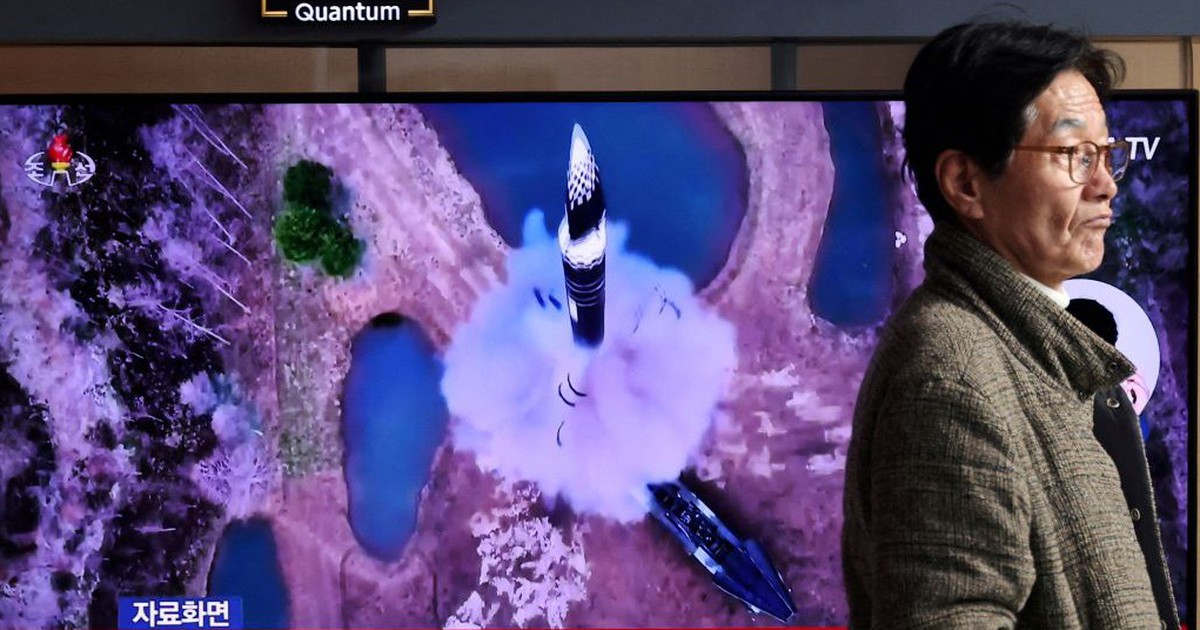

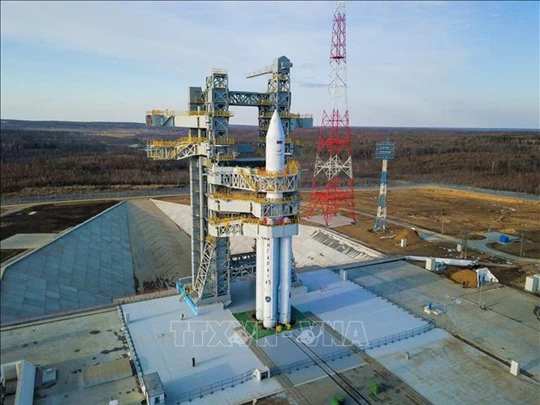




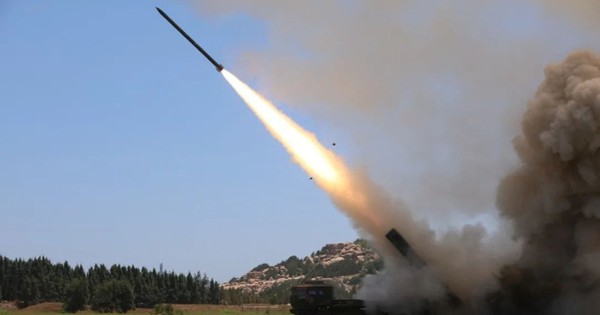
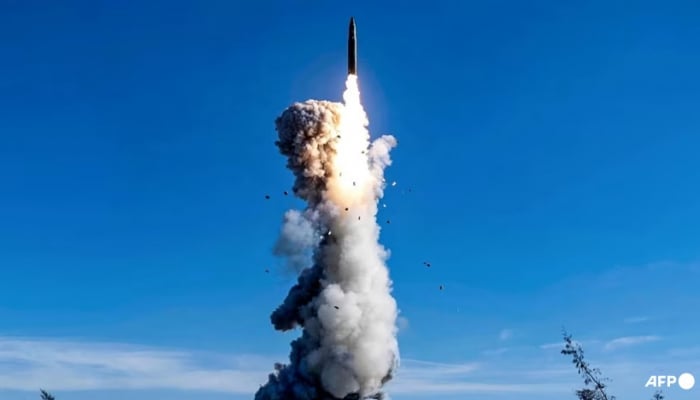














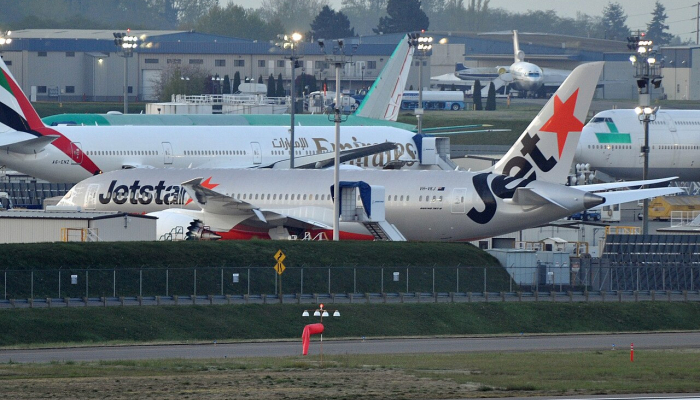

![[Photo] Myanmar's capital in disarray after the great earthquake](https://vstatic.vietnam.vn/vietnam/resource/IMAGE/2025/4/1/7719e43b61ba40f3ac17f5c3c1f03720)






































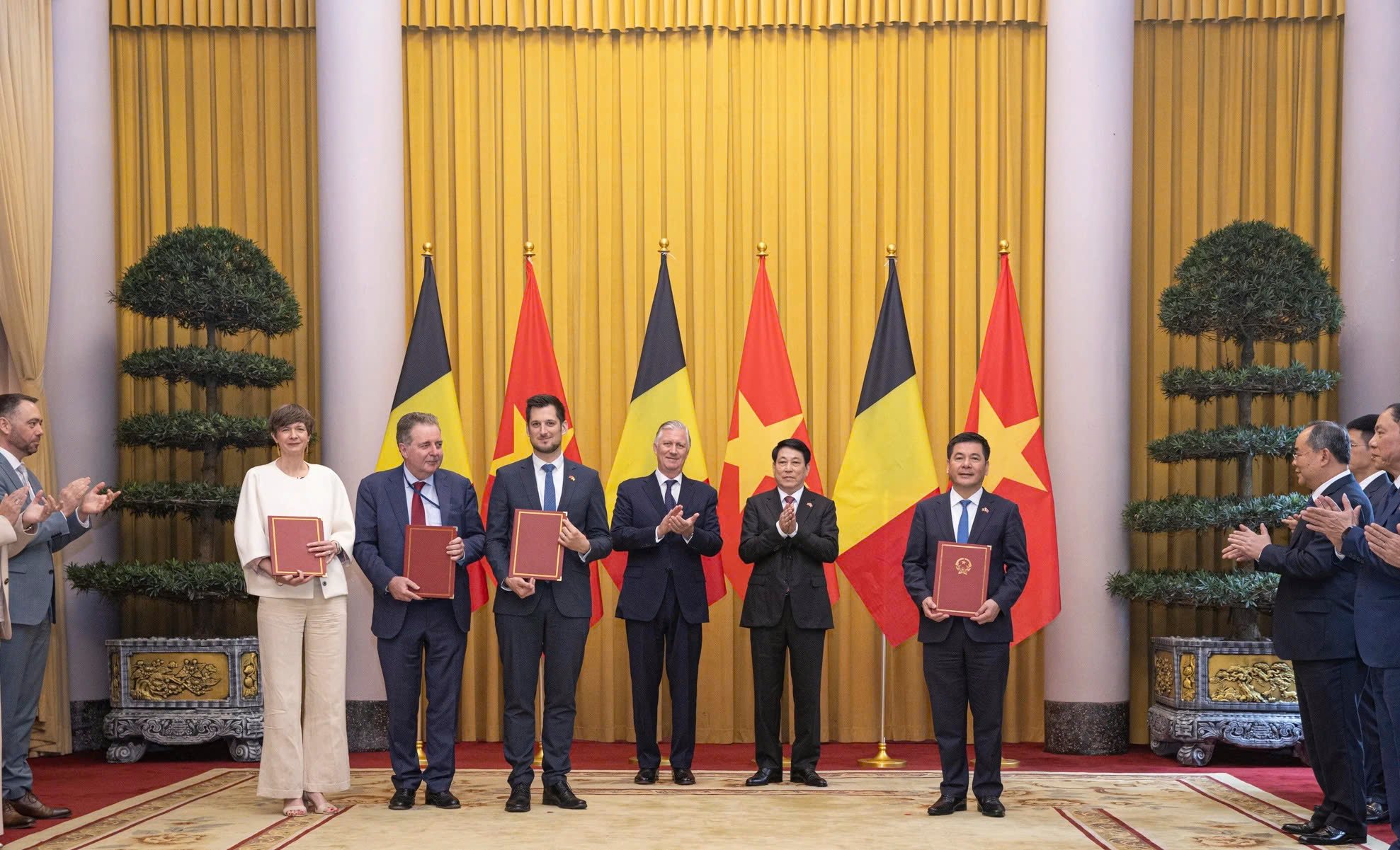

























Comment (0)